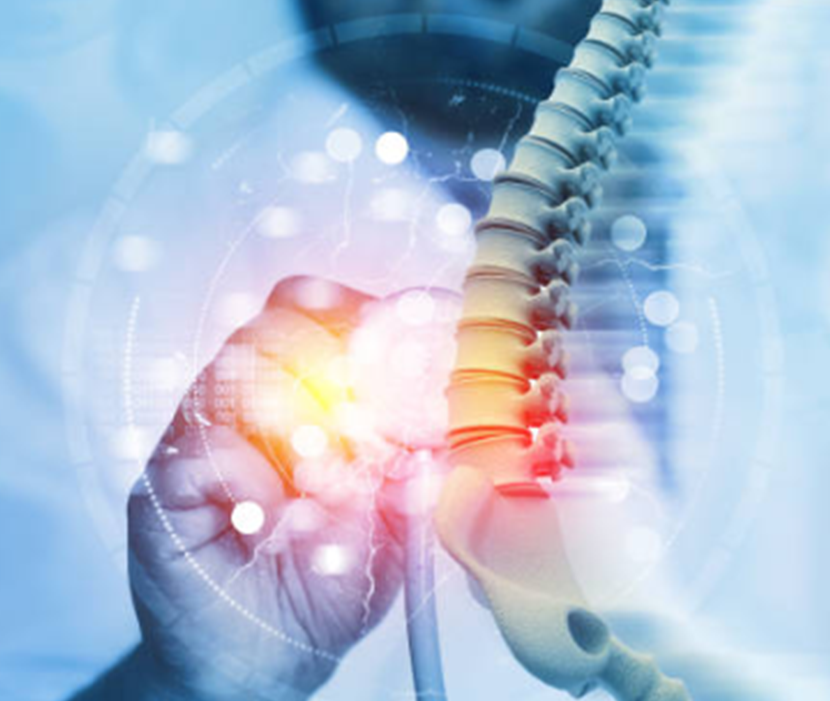
The most common spine problems include herniated discs, degenerative disc disease, spinal stenosis, scoliosis, osteoporosis, and arthritis. These conditions can cause back pain, stiffness, nerve compression, or mobility issues, often linked to aging, poor posture, injury, or lifestyle factors.
Your spine, made of small bones called vertebrae, runs from your seat to
your neck. It supports your head, shoulders, and upper body, while also
protecting the spinal cord—the vital nerve pathway between your brain and body.
Disks cushion your vertebrae to prevent friction, but they dry out with age
or strain. A torn or broken disk, called a herniated disk, can cause pain,
numbness, or tingling in your arms or legs. Exercise and painkillers often
help, though surgery may be needed in severe cases.
As your neck ages, disks may slip, bone spurs can form, and ligaments
stiffen. This can cause pain, limited movement, or nerve damage if pressure is
severe.
Cartilage at the ends of vertebrae helps your back move smoothly. When it
wears down, bones rub together, causing stiffness or pain. Osteoarthritis, more
common in women, worsens over time, but painkillers, therapy, and exercise can
relieve symptoms.
Spinal spaces protect your cord and nerves, but when they narrow, bones may
press on nerves. This can cause pain, tingling, numbness, or weakness.
Osteoarthritis is the main cause, and severe cases may need surgery to relieve
pressure.
Sciatica happens when pressure on the sciatic nerve causes pain from the
lower back down one leg. It’s often due to a herniated disk or bone spur. Heat,
cold, stretching, and painkillers may help, but sometimes medical treatment is
needed.
Spinal tumors may result from cancers like lung, breast, prostate, or bone,
or from non-cancer causes. They can cause back pain, numbness, weakness, or
even paralysis. Treatment may include surgery, radiation, or chemotherapy.
Scoliosis twists the spine sideways, often appearing in children before
puberty. Signs include uneven shoulders or a protruding shoulder blade. Its
cause is unknown, but it can worsen. Braces may slow progression and reduce the
need for surgery.
This condition bends the spine forward, often from vertebrae collapsing.
Common in older women but can affect children, it may cause pain and deformity.
Treatment depends on severity and can include painkillers, exercise, or
surgery.
This arthritis causes stiffness and pain in the lower back and hips, often
worse in the morning. It can spread up the spine, fusing bones and causing a
hunched posture. More common in young men and sometimes hereditary, it can be
slowed with exercise and medication.
Spinal injuries often result from accidents or trauma. They can bruise the
cord or cut the blood supply, blocking brain signals to the body. The higher the
injury, the greater the impact. Recovery depends on severity.
Broken vertebrae can result from accidents or bone loss with age. Breaks in
the top seven vertebrae are called a broken neck, while lower ones are a broken
back. They may damage the spinal cord, and treatment can include braces or
surgery.
Spondylolisthesis occurs when vertebrae slip out of alignment. It’s common
with aging, but it can also affect young athletes. Rest often helps, but persistent
pain may require surgery.
Cauda equina syndrome happens when nerves in the lower spine are compressed
by a herniated disk, fracture, or other issue. It’s rare but serious, causing
loss of movement or bladder and bowel control, and requires immediate surgery.